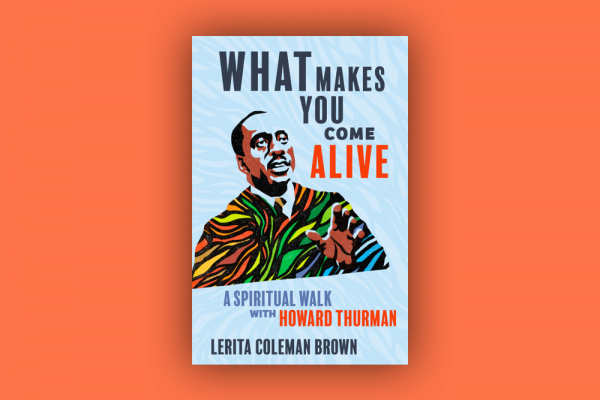Mar 14, 2023
As I began to read Lerita Coleman Brown’s new book, What Makes You Come Alive: A Spiritual Walk with Howard Thurman, I received an overwhelming assurance that there was something to learn in this book about our turbulent and violent times.
Read the Full Article

Already a subscriber? Login
